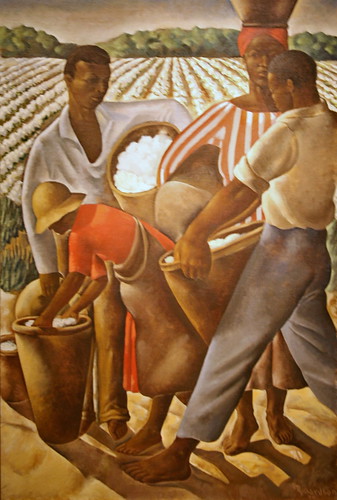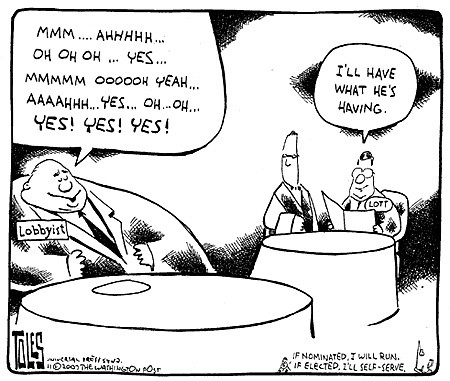 Last year, William Engdahl peaked the curiosity of inquiring minds with his text Seeds of Destruction - The Hidden Agenda of Genetic Manipulation. Can the development of patented seeds (genetically modified organisms - GMO) for most of the world’s major sustenance crops such as rice, corn, wheat, and feed grains such as soybeans ultimately be used in a horrible form of biological warfare?
Last year, William Engdahl peaked the curiosity of inquiring minds with his text Seeds of Destruction - The Hidden Agenda of Genetic Manipulation. Can the development of patented seeds (genetically modified organisms - GMO) for most of the world’s major sustenance crops such as rice, corn, wheat, and feed grains such as soybeans ultimately be used in a horrible form of biological warfare?The explicit aim of the eugenics lobby funded by wealthy elite families such as Rockefeller, Carnegie, Harriman and others since the 1920’s, has embodied what they termed ‘negative eugenics,’ the systematic killing off of undesired bloodlines.
Comes now Vanity Fair with an investigation of stringent, sweeping, and unsettling intimidation practices by Monsanto in the U.S.;
Most Americans know Monsanto because of what it sells to put on our lawns -- the ubiquitous weed killer Roundup. What they may not know is that the company now profoundly influences -- and one day may virtually control -- what we put on our tables. For most of its history Monsanto was a chemical giant, producing some of the most toxic substances ever created, residues from which have left us with some of the most polluted sites on earth. Yet in a little more than a decade, the company has sought to shed its polluted past and morph into something much different and more far-reaching -- an "agricultural company" dedicated to making the world "a better place for future generations."[...]For centuries—millennia—farmers have saved seeds from season to season: they planted in the spring, harvested in the fall, then reclaimed and cleaned the seeds over the winter for re-planting the next spring. Monsanto has turned this ancient practice on its head.From where I sit, this dot-connecting spade work does far more to bolster Engdahl's contentions than to repudiate them. Monsanto’s Harvest of Fear.
Monsanto developed G.M. seeds that would resist its own herbicide, Roundup, offering farmers a convenient way to spray fields with weed killer without affecting crops. Monsanto then patented the seeds. For nearly all of its history the United States Patent and Trademark Office had refused to grant patents on seeds, viewing them as life-forms with too many variables to be patented. “It’s not like describing a widget,” says Joseph Mendelson III, the legal director of the Center for Food Safety, which has tracked Monsanto’s activities in rural America for years.Indeed not. But in 1980 the U.S. Supreme Court, in a five-to-four decision, turned seeds into widgets, laying the groundwork for a handful of corporations to begin taking control of the world’s food supply. In its decision, the court extended patent law to cover “a live human-made microorganism.” In this case, the organism wasn’t even a seed. Rather, it was a Pseudomonas bacterium developed by a General Electric scientist to clean up oil spills. But the precedent was set, and Monsanto took advantage of it. Since the 1980s, Monsanto has become the world leader in genetic modification of seeds and has won 674 biotechnology patents, more than any other company, according to U.S. Department of Agriculture data.
Oh, and while I was at it, I happened upon this earlier article at Greenpeace discussing Monsanto's foray into "life as intellectual property" - Monsanto files patent for new invention: the pig







